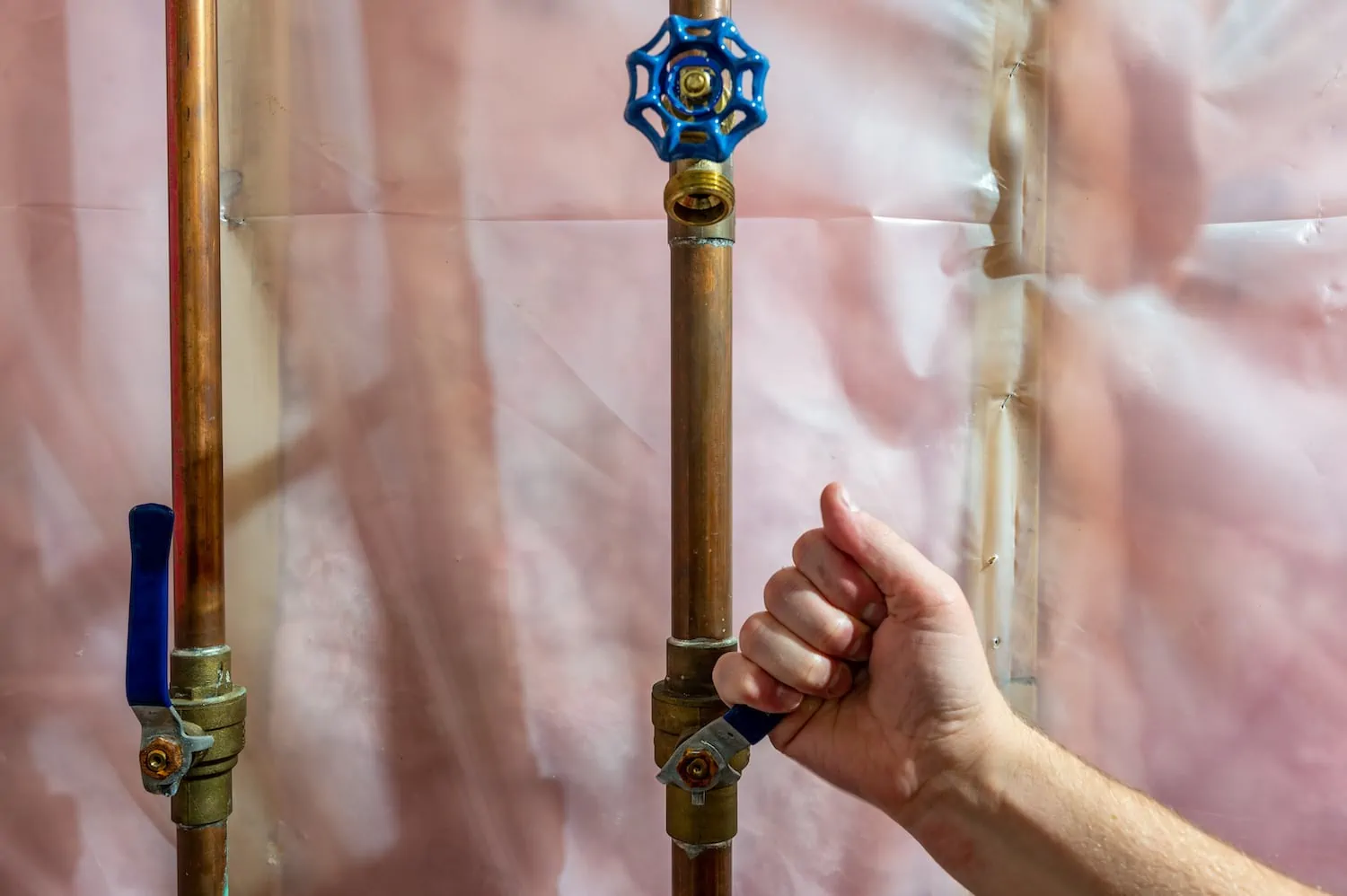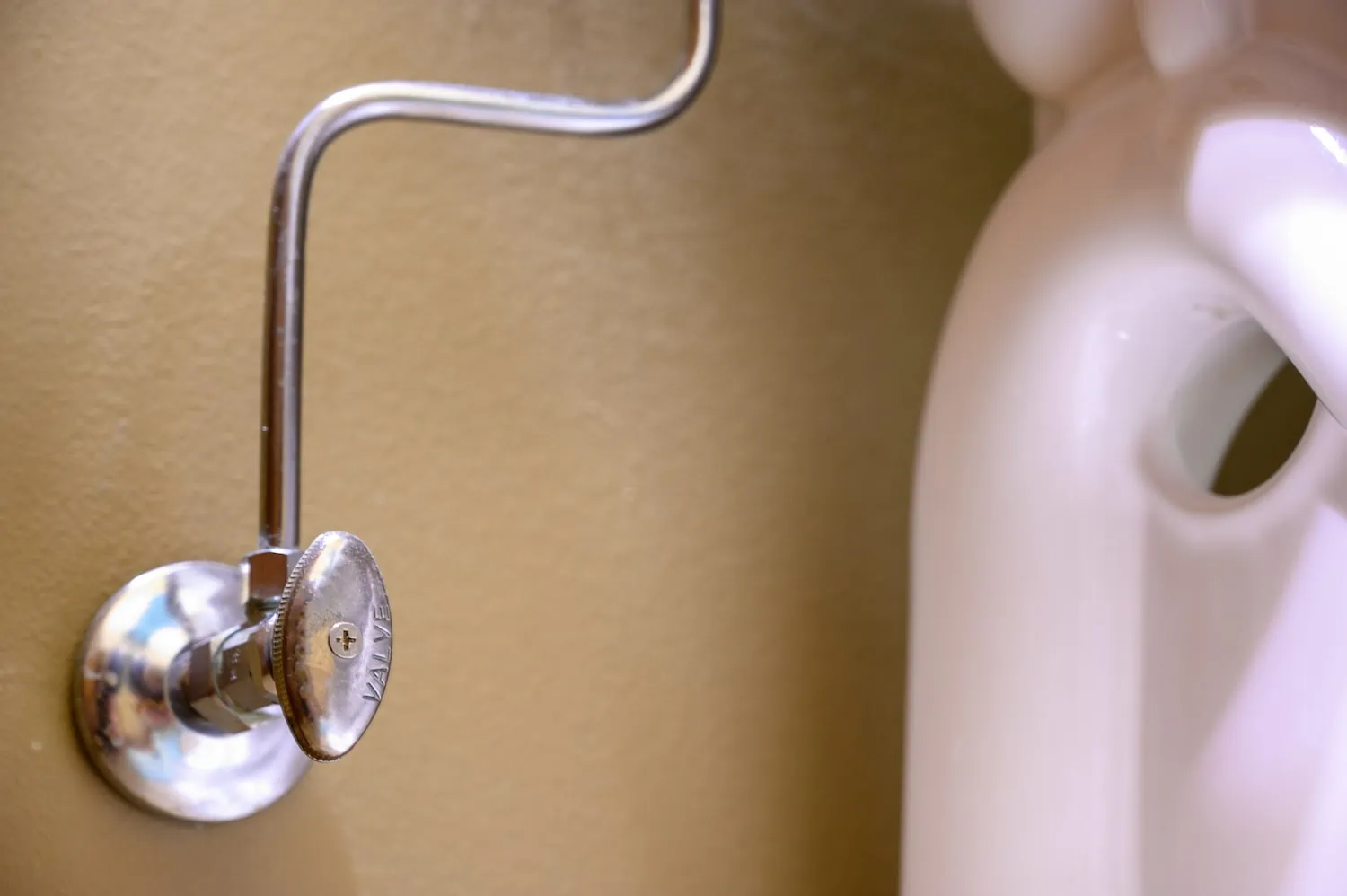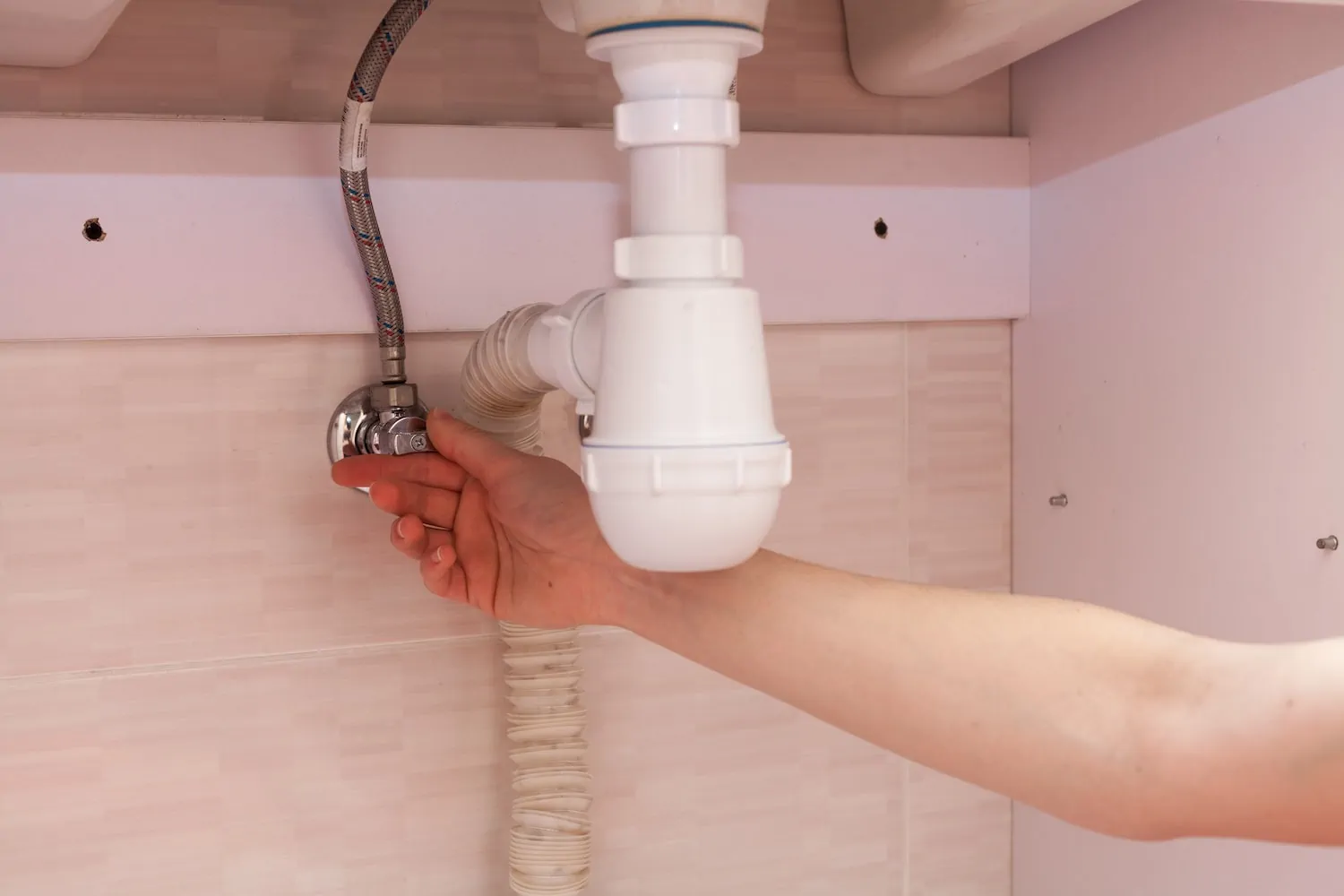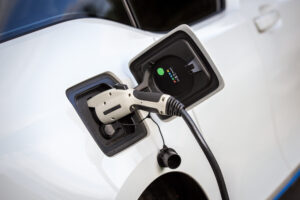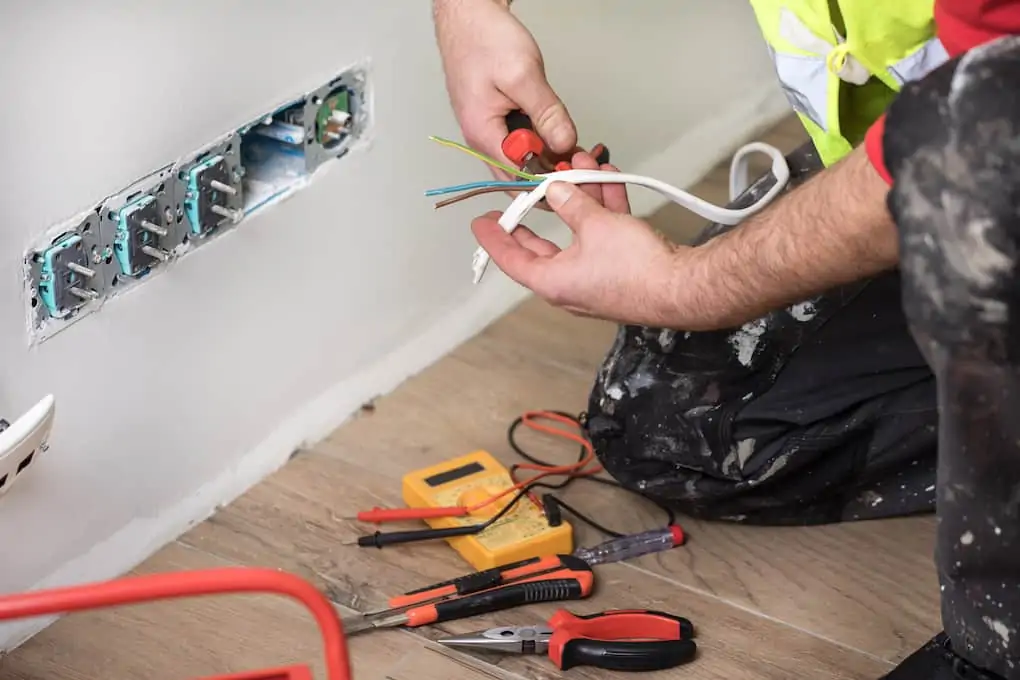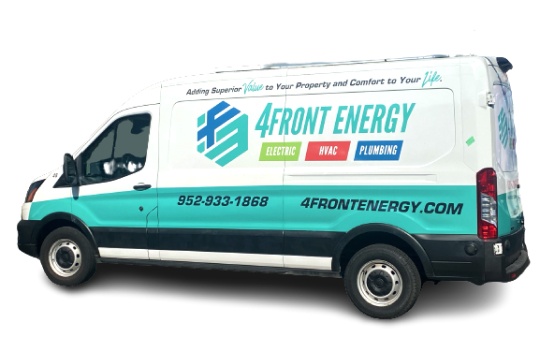As a homeowner, it’s a good idea to familiarize yourself with certain plumbing functions in your house in case of an emergency. Unfortunately, many things can go wrong with your water line, so you’ll want to know how to shut off your water supply in cases such as:
-
Ruptured water lines
-
Sewage backup
-
Burst pipes
-
Plumbing repairs
-
Being away from your home for an extended period
While we hope that these plumbing emergencies don’t happen, it’s still a good idea to be prepared just in case. Use this ultimate guide to learn how to turn off the water to your house.
Shutting Off All the Water In Your House (Main Shut-Off Valve)
Even though you only need to turn off the water supply in emergency situations or for plumbing repairs, it can be helpful to close and re-open the valves periodically. This will help keep them from getting stuck in place, so when there’s an actual emergency, you’ll be able to shut off the water with ease. There are two different kinds of water shut-off valves:
-
The main shut-off valve (turns off water to the entire house)
-
Appliance-specific valves (only stop water flow to certain appliances)
If you’re leaving your home for an extended period of time or if you’re dealing with an emergency, you’ll need to access the main shut-off valve.
Locating the Main Shut-Off Valve
Your main shut-off valve could be in a number of places depending on your regional location and the age of your home. The knob will either be a gate valve (looks like a circular spigot) or a ball valve (looks like a lever). In warmer climates, the main water shut-off valve is usually located outside. It’s likely attached to an exterior wall or in an accessible underground box. This is normally a cement box buried in the ground near your front curb. You may only need a long screwdriver to put into the “lock,” turn it counter-clockwise, and tilt the screwdriver towards the outer edge of the box to lift the lid. If a screwdriver doesn’t work, you may need to get a “meter key,” which is sold at most hardware stores.
-
Never tamper with the city shut-off side or the water meter— it’s illegal!
In colder climates, it’s usually in the basement on an interior wall near the front of the house. If your home was built on a slab, the valve could be located near the hot water heater or inside your garage.
-
Never touch the pressure regulator located just above the shut-off valve.
Turning Off the Water Supply
If your valve has a ball valve that looks like a lever, note that if the lever is parallel to the water pipe, that means the water supply is on. If it’s at a perpendicular 90-degree angle, then it’s off. But if you have a gate valve that looks like a circular spigot, you’ll need to turn it clockwise until you can’t turn it further to turn off the water supply. (The “lefty-loosey, righty-tighty” method works here.) Note: Only use your hands to turn the knob. If it’s corroded, don’t use any tools to try and move the knob, as this can cause more damage. Call a professional plumber to handle it instead. After shutting off the main water supply, you can open the lowest faucet in your house (like in your basement) and the highest faucet (on an upper level) to help any water standing in the plumbing system to drain away.
Shutting Off the Water to Specific Appliances
If you have a leak coming from only one appliance, or if you’re preparing for specific repairs, you likely don’t have to turn off the water supply to your entire house. Instead, you can locate the specific shut-off valve for the appliance in question. Each specific shut-off valve may look a little different and vary in location, but they’re usually located close to the fixture.
Toilet 🚽
Some appliances may have two valves for hot and cold water, but a toilet only uses cold water, so there will only be one shut-off valve. It’s usually located near the floor and is often on the bottom left side of the toilet tank.
Sink 🧼
Sinks will have two shut-off valves for the hot and cold water supply. Look for the shut-off valves below the sink, nearby where the water supply lines run up to the tailpieces on the faucet. If your sink is in a vanity or cabinet, you’ll need to open up the cabinet doors to find the valves.
Washing Machine 🫧
For washing machines, there is usually a water supply valve that controls the hot water inlet hose and another one for cold water. Try looking on the utility sink next to your washing machine (if you have one) or in a recessed water supply valve box in the wall near the washer.
Shower/Tub 🛁
Finding the shut-off valve for your shower or bathtub is a little more involved than most other appliances. Look around the shower for an access panel, potentially located on the other side of the wall from the shower. If there isn’t an access panel, then the valve may be under the floor in the basement or a ceiling access panel in the floor underneath. Shower bodies may also have built-in valve stops, and you can find them if you remove the escutcheon plate (the plate over the faucet). These are required in all high-rise buildings but are contractor-dependent in other buildings. If you’re having trouble locating these valves and don’t want to remove items from your wall, you may be best off turning off the main shut-off valve to work on your shower or bathtub.
Dishwasher 🍽
The water supply tube that runs to the dishwasher often has a shutoff valve controlling it. Usually, this is also located under the kitchen sink base cabinet. It may be nearby the sink faucet shut-off valves. To ensure you’ve turned off the correct valve, turn on your sink faucet. If no water comes out, then you’ve accidentally turned off your sink valves instead of your dishwasher.
Refrigerator Ice Makers + Water Dispensers 🧊
The copper or mesh supply tube that runs to the refrigerator typically has a small saddle valve or fixture shutoff valve that you can shut off to turn off the water supply. Sometimes, the supply tube that runs to the refrigerator may also tap into the water supply line beneath the sink, close by where the sink faucet supply lines are attached.
Water Heater 🌡
You may need to turn off the water to your water heater if there’s a pipe leak or if you need to repair or replace the water heater. If you need to repair or replace the heater, look for the cold water inlet valve that usually has a blue handle. This is the valve you’ll need to turn off. If you have a leak in a hot water pipe somewhere in your house, you’ll need to turn off the valve on the hot water outlet pipe. This shuts down all hot water leaving the water heater. It’s usually identified by a red handle.
Leave Your Home in Capable, Professional Hands
We hope that this guide helped you learn how to locate and turn off your main water shutoff valve and appliance-specific valves throughout your home. In an emergency, it’s invaluable to know where to locate these water supply valves. But if you’re ever dealing with a minor leak or a major burst pipe, leave the restoration to a professional plumber like 4Front Energy. We have the experience and certifications required to solve your issues long-term. Contact us today for a free estimate!

